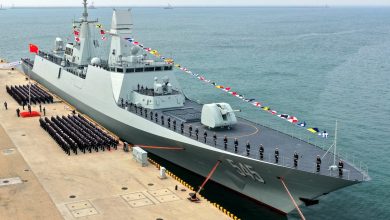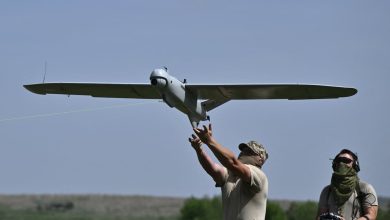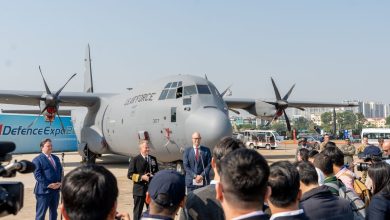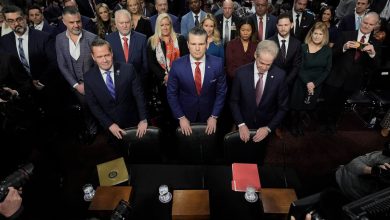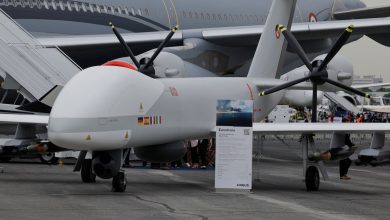Leaders wrestle with a potent mix: AI and weapons of mass destruction
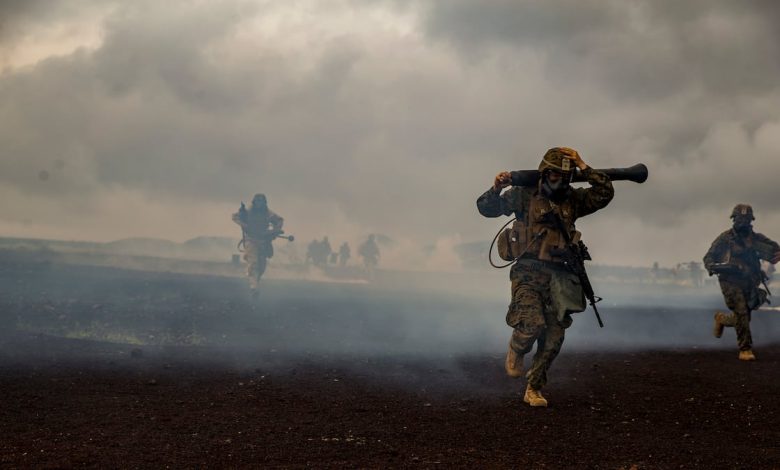
BERLIN — Emerging technologies have radically reshaped the arms control landscape and pose a set of major challenges, though also some opportunities in curbing the spread of weapons of mass destruction, said representatives of five major UN-adjacent disarmament agencies.
Speaking Oct. 25 on the sidelines of the United Nations General Assembly’s First Committee meeting – the UN’s top disarmament body – representatives discussed how the emergence of artificial intelligence, accessible drones, new reactor technologies and others have impacted their task of controlling the proliferation of dangerous weapons and materials.
For example, the advent of widely accessible large language models such as ChatGPT may make it easier for terrorists or rogue states to access instructions for making chemical weapons, said Hong Li of the Organization for the Prohibition of Chemical Weapons.
Based in the Hague, Netherlands, the OPCW implements the nearly universally ratified Chemical Weapons Convention and has overseen the destruction of all declared stockpiles of chemical weapons across 193 countries – an effort for which it received the Nobel Peace Prize in 2013. Only three UN countries – Egypt, North Korea and South Sudan – have not signed the convention.
RELATED
It is “critical” to track the changes in delivery systems, Li said. Inexpensive drones, particularly those built for agriculture with tanks for liquids and sprayers attached to them, “can be easily adjusted for the delivery of chemical weapons, which brings new challenges for us,” he added.
To keep up with the times, OPCW officials created a temporary working group on artificial intelligence, which will begin work in 2025 for two years. It will systematically evaluate this emerging technology’s impact on the world of chemical weapons while also taking into account how the organization could use it to further its goals of a chemical weapons-free world.
Meanwhile, the Vienna-based International Atomic Energy Agency is tasked with surveilling nuclear facilities globally to ensure no fissile material is diverted for the use in atomic bombs through a system collectively referred to as safeguards.
To stay ahead of the curve, the agency has a dedicated technology foresight team, said Tracy Brown, the agency’s liaison and public information officer. Its members keep tabs on new developments in the nuclear field, devising new tools and techniques to uncover illicit nuclear-weapons efforts.
In the past decade alone, the amount of nuclear material under the agency’s safeguards has increased by 25%, Brown said. With limited resources, this requires a more efficient allocation of inspectors’ time.
Machine learning has helped in the process, enabling “more efficient and effective video surveillance” of nuclear facilities, according to Brown. Computer systems can flag relevant events – such as when a cask carrying radioactive material is unexpectedly removed – and set off alarm bells, alerting humans to review the case manually.
The agency has also trained its own AI models to scour openly available information for material relevant to detecting illicit nuclear activities, Brown disclosed. Open-source data streams include news reports, scientific papers, satellite imagery and signals picked up by remote sensors, all of which would be time-consuming to mine manually.
Similarly, the Comprehensive Test Ban Treaty Organization, housed in the UN headquarters in Vienna, has been harnessing the power of machine learning to train its computer systems to use the data flowing from its global monitoring network to more quickly and accurately detect nuclear tests, a program it called NET-VISA. The CTBTO’s system of 306 stations around the globe was crucial in detecting and confirming North Korean nuclear tests from 2006 onward and in dispelling rumors about a possible Iranian test when earthquakes were recorded in the country’s heartland earlier this month.
NET-VISA will be made available to the treaty’s state parties to enhance their national abilities as well, said Jose Rosenberg, senior liaison officer at the organization.
“We are living in an age of accelerated technological change,” said Izumi Nakamitsu, the UN’s High Representative for Disarmament Affairs, who leads the organization’s Office for Disarmament Affairs. “This is also a time of heightened danger due to fraught and changing security environments.”
The convergence of technologies such as AI and 3D printing of biotechnology and nanotechnology can lower the barriers for terrorists or rogue states to gain access to weapons of mass destruction, she said.
“We need to adapt the existing nonproliferation and disarmament regime to the ever-evolving security landscape.”
Linus Höller is a Europe correspondent for Defense News. He covers international security and military developments across the continent. Linus holds a degree in journalism, political science and international studies, and is currently pursuing a master’s in nonproliferation and terrorism studies.
Read the full article here


